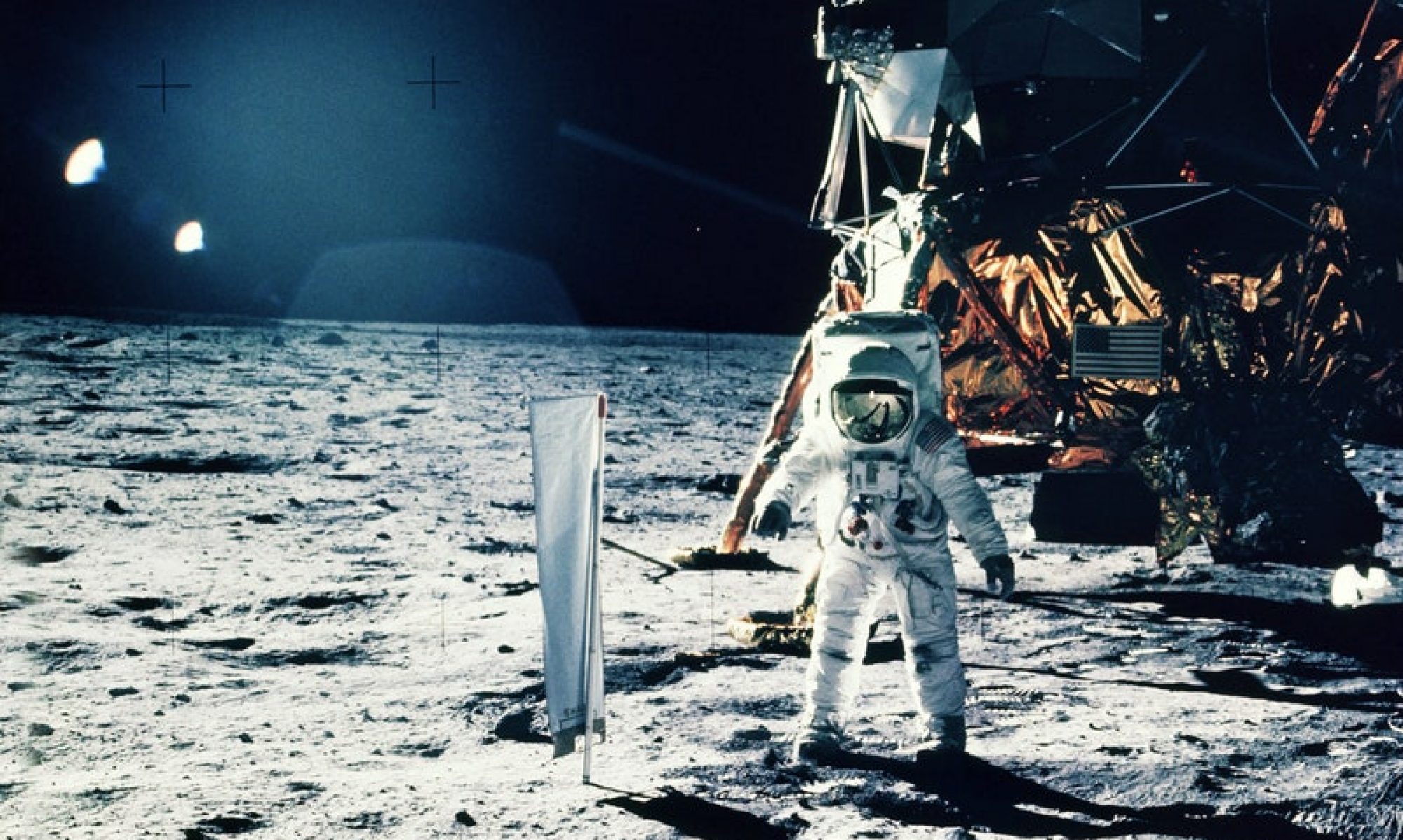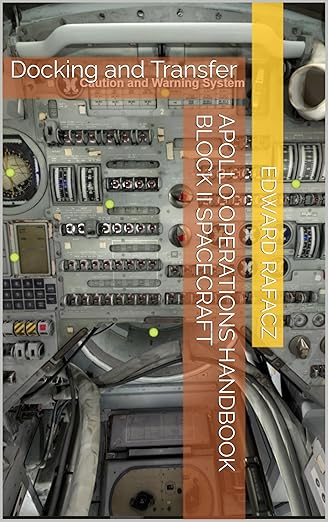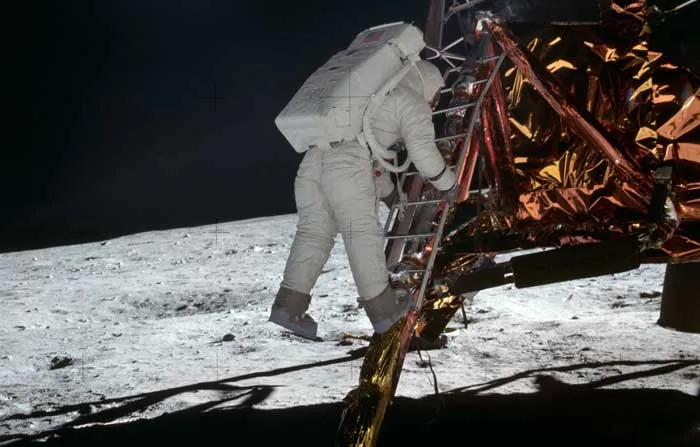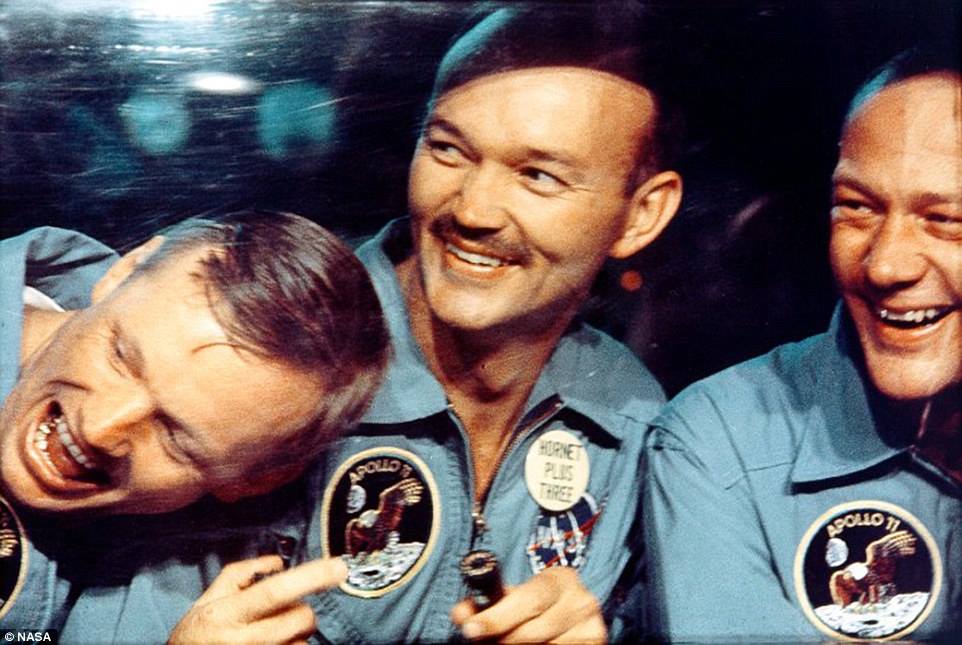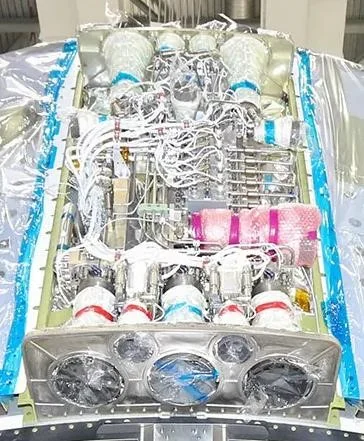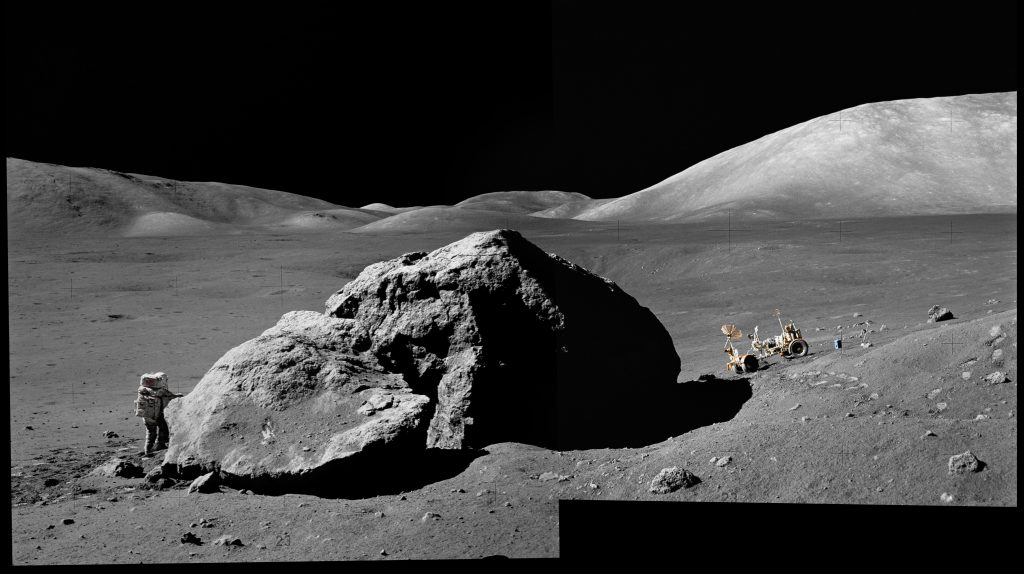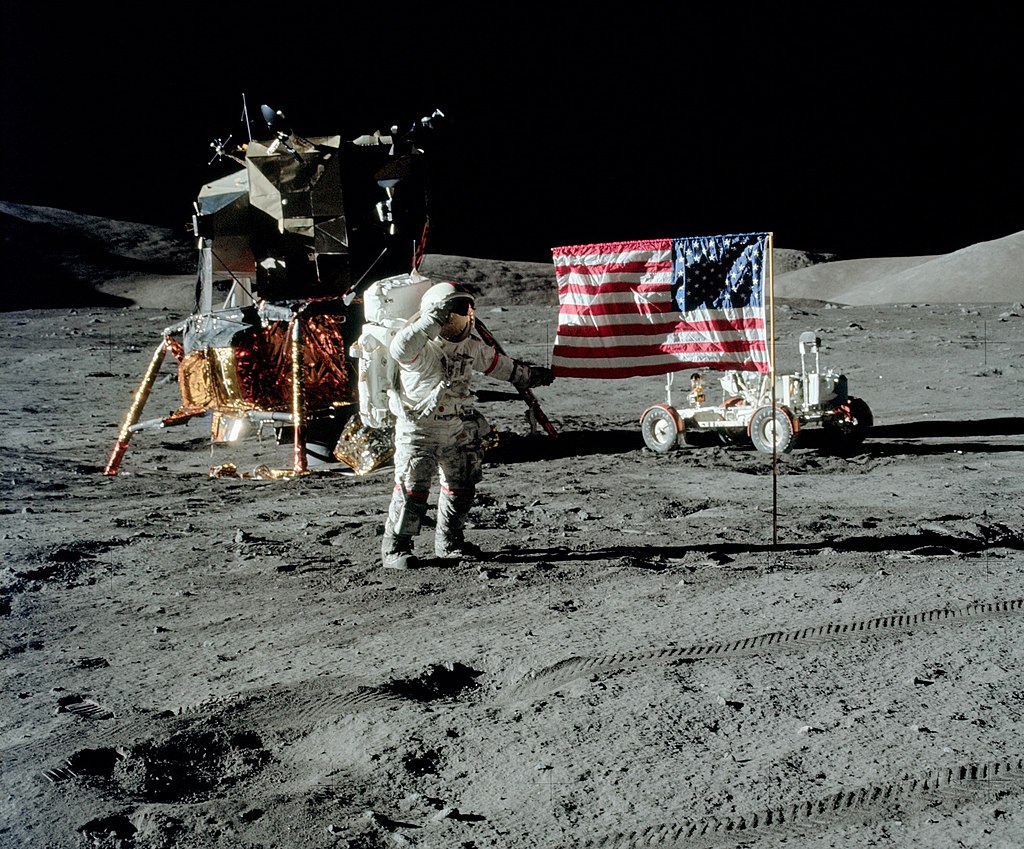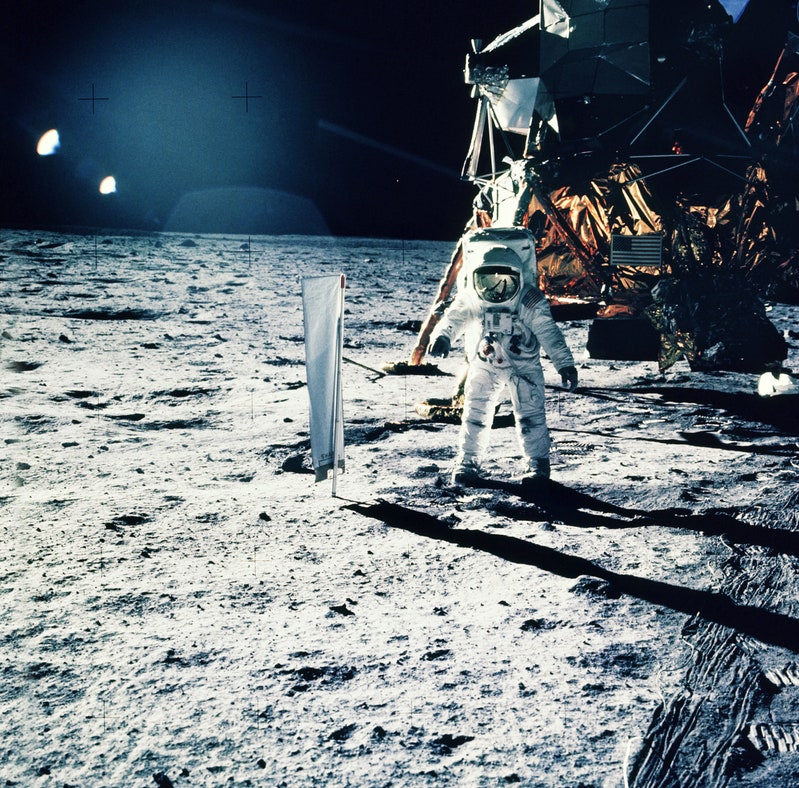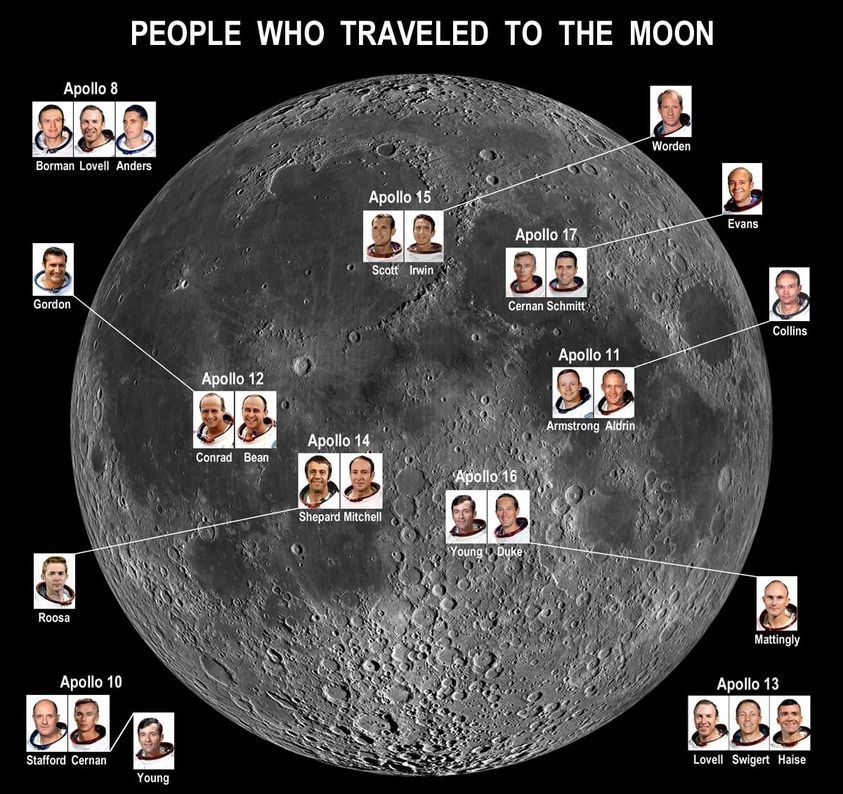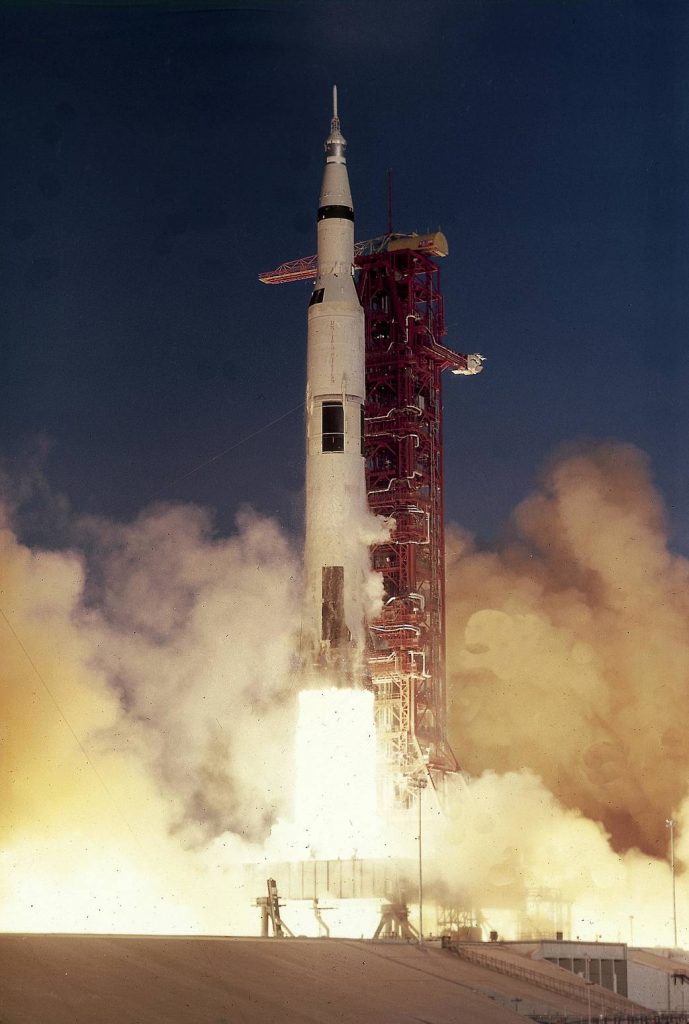How the Moon Landing Launched the App Economy
When Neil Armstrong and Buzz Aldrin stepped onto the Moon in 1969, they weren’t just making history. They were laying the groundwork for the App Market industry that would one day be Apollo’s $540 billion Legacy. While most people associate the Apollo missions with rockets, lunar landings, and space suits, one of the most transformative innovations came from something far less visible—the Apollo Guidance Computer (AGC).
It Started in the 1960’s
Developed by the brilliant minds at MIT, the AGC was groundbreaking in more ways than one. It was one of the first computers to use the concept of an application-based system, allowing astronauts to run multiple programs efficiently and switch between critical tasks with ease. At a time when computers filled entire rooms, Apollo engineers pioneered the concept of compact, efficient, and user-friendly software—something that would later evolve into the apps we use every day.
Fast forward to today, and the app market is an economic powerhouse. Every time you check your GPS for directions, track your fitness, or even scroll through social media, you’re using a system that traces its origins back to Apollo. One of the most crucial examples? Navigation apps. Without the Apollo-era advancements in software and guidance systems, we wouldn’t have the seamless, real-time navigation apps that help us avoid traffic, save gas, and reduce air pollution.
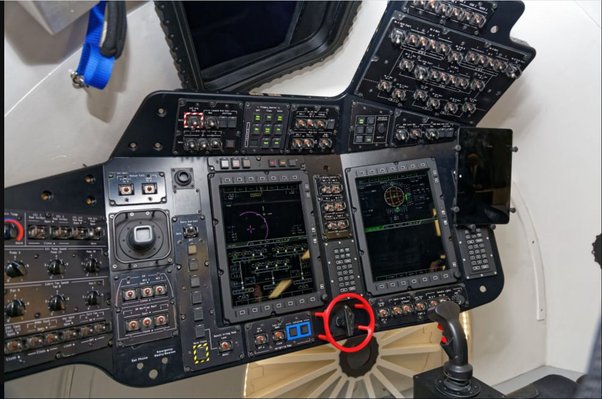
If The Apollo $540 Billion Legacy Was Removed
Imagine a world without Google Maps, Apple Maps, or Waze. Without these apps, commutes would be longer, fuel consumption would skyrocket, and cities would experience even worse congestion and pollution. The very concept of efficient, app-based navigation stems from the work done to put astronauts on the Moon and safely bring them home.
Investing in space exploration isn’t just about reaching the stars—it’s about fostering innovations that transform life on Earth. The Apollo missions didn’t just get us to the Moon; they built the foundation for a digital revolution. As we push forward toward the next era of lunar exploration, the question isn’t whether we should go back. It’s how much we stand to gain when we do.
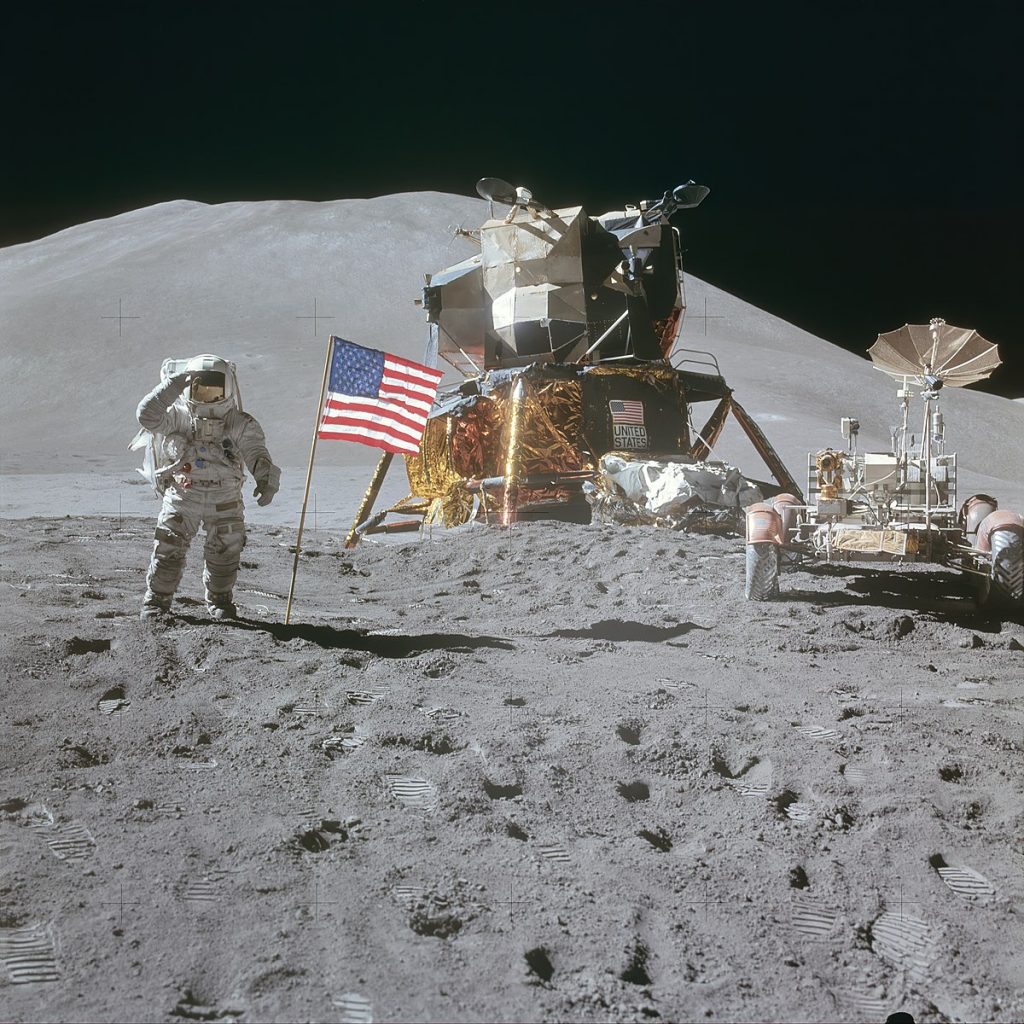
Supporting space exploration means investing in the next wave of technological breakthroughs—ones that could redefine our economy, just like Apollo did. The next trillion-dollar industry could be waiting on the Moon. Will we seize it?
Let’s Take Action Together!
The Moon’s legacy lives in our technology. The legacy of Apollo still fuels our modern lives. It’s time to spread the word about what space exploration does for us. And the next time you use a computer, you can thank Exploring the Moon. See more articles like this at our Blog – Spacecraft Guide. Share this article to show why we must keep reaching for the stars.
Our Latest e-Book on the Apollo Spacecraft
APOLLO OPERATIONS HANDBOOK BLOCK II SPACECRAFT : Docking and Transfer
We took the paper version of the NASA Apollo Operations Handbook (AOH) for the Apollo Command Module and converted it to an electronic format with a better font for easier reading. The hyperlinked content allows the reader to find Apollo program content 3 times faster than normal e-books. And the Pinch and Zoom images allow for diagrams to be enlarged for easy viewing. This section contains the information identifying the physical characteristics of the docking system and the operations associated with docking and separation. Take a look HERE
